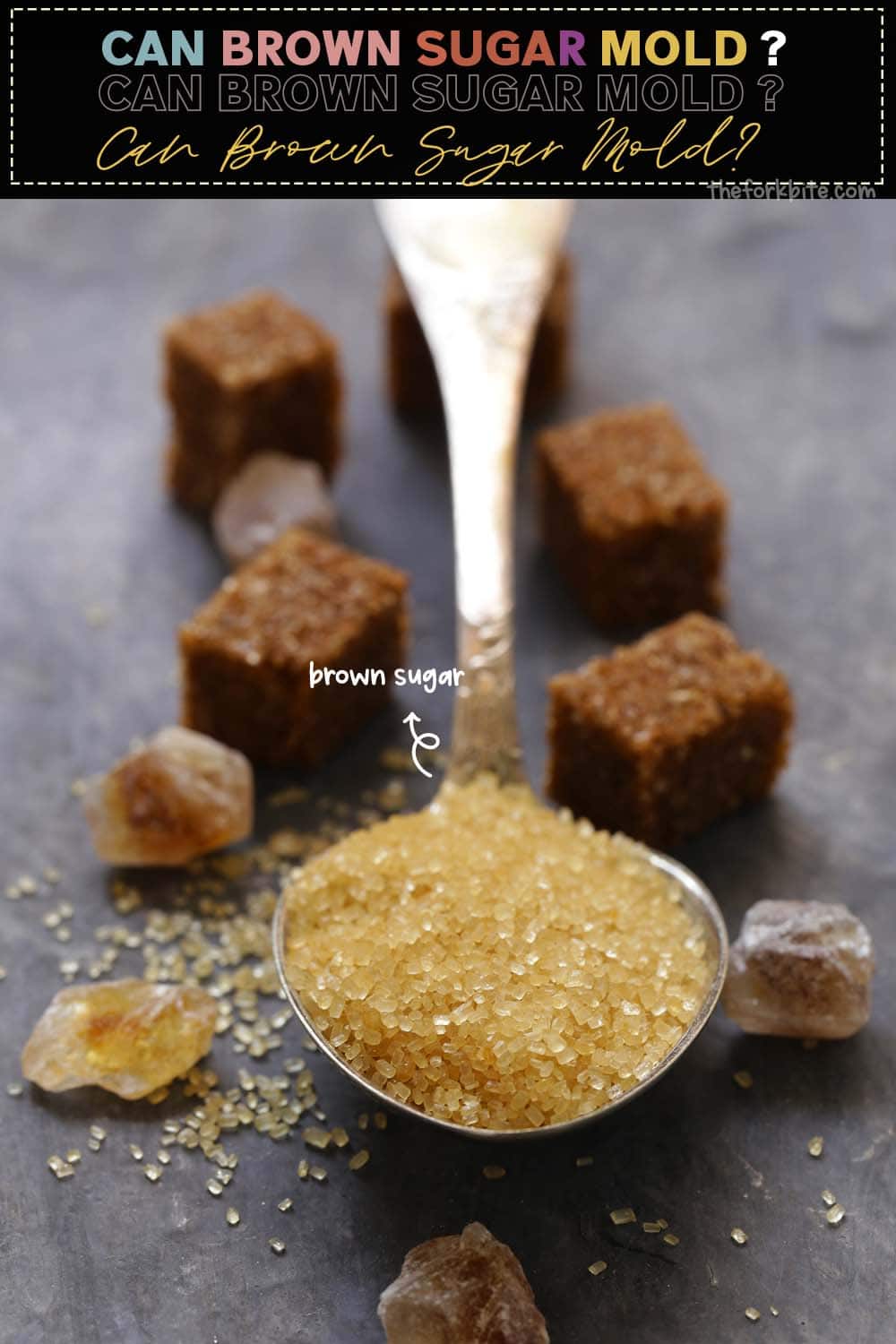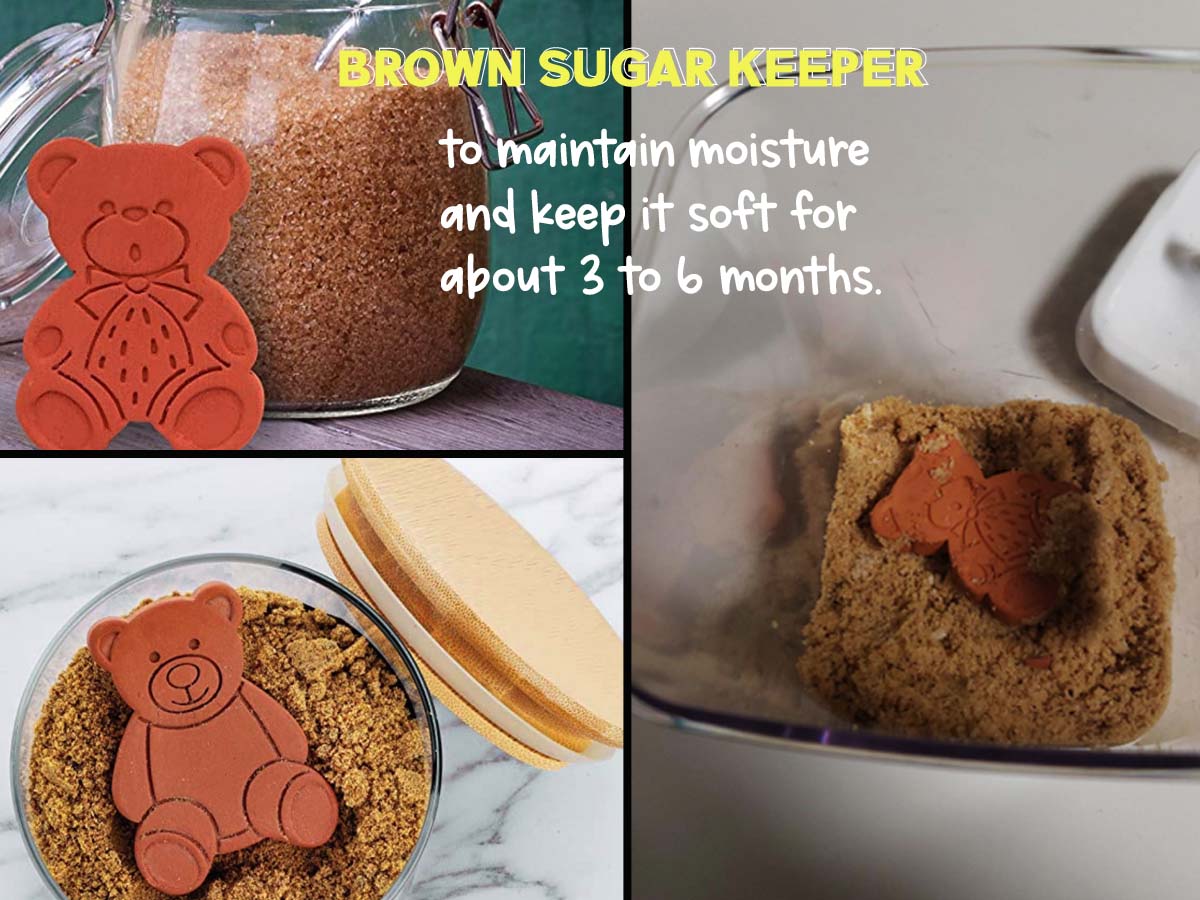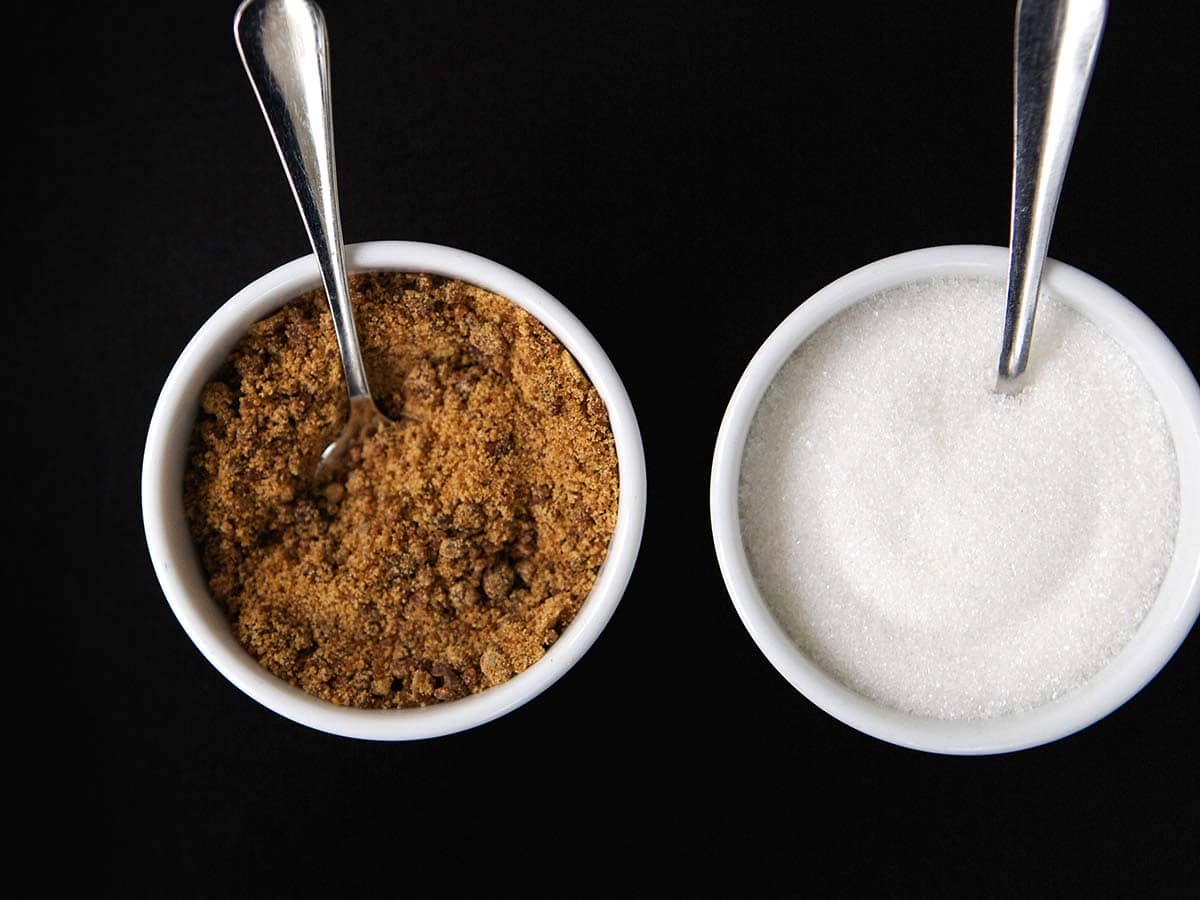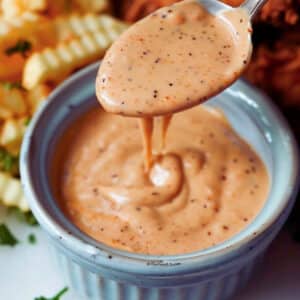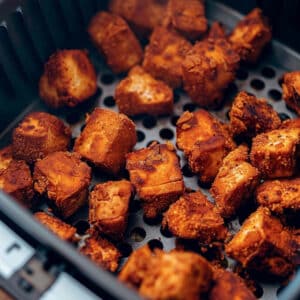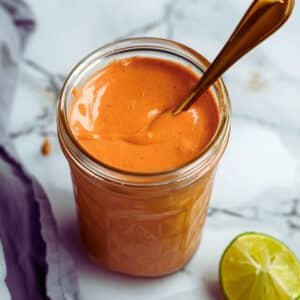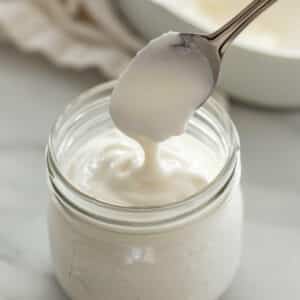Whether raw, refined, or unrefined, all brown sugar types will eventually dry out once the original packaging has been breached. It doesn't matter how you store it. You can put it into a bag you can reseal or an airtight container; with time, clumps will form, and it will cake and harden. However, that does not mean to say that it has become inedible.
Brown sugar of any type - in granule or powder form, has a long shelf-life because it does not facilitate microbes' growth or proliferation.
Manufacturers are legally obliged to label bags of sugar with a two-year "best by" date. But note that it is a "best by" and not a "sell-by" date. In other words, you can still consume it long after the "best by" without harm.
Brown sugar contains about 5% water, and it is this that evaporates, turning the sugar hard.
I looked into this matter in a test kitchen, and my findings were that hardened brown sugar can be softened and is then safe to use. In fact, you can store a newly opened bag of sugar in a wet sand-like condition for an indefinite time.
- To start, why did my brown sugar dry out?
Brown sugar is brown because it contains molasses, and molasses and air are not the best buddies. When air finds its way into a brown sugar package, it will evaporate the molasses resulting in the contents changing from damp granules to a one-piece solid brick. - Plan-ahead by keeping brown sugar soft.
One way of stopping brown sugar from becoming solid is to store it inside an airtight container. But you do need to get as much air out as possible.
One little trick I learned is to add a slice of bread into the container before tipping in the sugar. The bread then retains enough moisture to allow the molasses to stay damp. If you're worried about the bread turning moldy - don't be. I promise you it won't.
- But, my brown sugar is already rock-hard!
Oh dear, but not to worry, it's not the end of the world. Providing you are not in a mad rush, there are ways of softening hardened brown sugar, as I am about to explain.
How to Soften Hard Brown Sugar
I'm about to divulge five ways you can get some moisture back into your sugar. The first couple of quick fixes are whereby we use to heat, but it is only temporary, and if you don't then use the sugar reasonably quickly, it will harden again before very long.
If you have a little time on your hands, you can turn to methods 3, 4, or 5. If you aim to keep the moisture in your brown sugar more or less indefinitely, you can think about using the special clay sugar softener I will tell you about in the fifth method.
1 Quick Fix Method in Conventional Oven
- Put the sugar into an oven-safe container. Then pop it into an oven preheated to a temperature of 250° F for approximately five minutes.
- Once the sugar becomes soft, you can run a fork through it and immediately take out the amount you need because it will rapidly harden.
- In other words, this trick is only useful if you're going to use the sugar straight away. One word of warning - hot sugar can be quite dangerous. Handle with care.
2 Quick Fix Method in Microwave
- Put the sugar into a microwave-safe container. Then put a sheet of wet paper kitchen towel on top. Close tightly with a lid or with plastic film.
- Now put the sugar into the microwave and give it a quick 20-second blast. After each burst, break up any lumps that have formed with a fork.
- Whatever you do, don't let the sugar melt. If you do, as it cools, it will tune into a caramel goo. You have to catch it before this happens and use it immediately.
3 24-hour method
- Tip the sugar into a bowl, throw a damp cloth over it and leave for 24-hours.
- Take the cloth off and stir the sugar with a fork before transferring it into an airtight pot.
- Providing you store it correctly, it will remain soft. If you are looking to keep the brown sugar nice and moist for long periods, you should think about using a clay sugar softener, as detailed below.
4 48-hour method
- Grab an airtight container, tip the brown sugar into it, cover with a sheet of wet kitchen paper, or have a slice of bread. Trust me, it works. Other options include two damp teabags, a wedge of apple, or a piece of lettuce. That container then needs to be sealed tightly shut.
- After a couple of days, remove whatever drying agent you used and fluff the sugar up with a fork. As mentioned above, to keep the sugar moist for longer, refer to the clay sugar softener method, I am about to explain.
5 Clay Softener Method
I like using a clay (terracotta) sugar softener for softening brown sugar. They can be purchased in various shapes such as bears, mice, and gingerbread men. The great thing about these little devices is that you can permanently leave them inside the container to stop the sugar from solidifying.
Here is what to do:
- Before you use your clay softer, immerse it in cold water for 15 minutes, then take it out and dab it dry with a piece of paper kitchen towel.
- If the brown sugar has hardened, put the sugar and the softening device into an airtight container and close the lid.
- After a couple of days, you'll find that the sugar will have moistened. Leave the softening device in the container as long as you like. If you find that the sugar begins to harden again, all you have to do is remove the softening device, re-soak it, dry it, and reuse.
I love these simple little devices, and I have some different shapes which I keep with my sweeteners and dried fruits, marshmallows, and other baked items.
Just imagine, no more getting annoyed when you come to use the brown sugar only to find it has solidified. This little trick doesn't just apply to brown sugar; it works just as wealth with raw, unrefined, or regular sugar.
When stored in an airtight container with one of the softening devices, each time you come to open the container, the sugar inside will be as soft as if you've just bought it.
Can brown sugar mold?
Under normal circumstances, mold doesn't grow on sugar because of osmosis, removing humidity from the air. Mold bacteria need moisture to thrive. The problem is that brown sugar is by nature moist, and when left in a humid environment, mold can take hold. If it looks as if that is what has happened or omits a musty aroma, throw it in the rubbish bin.
If you wonder how brown sugar is made and the difference between light and dark brown sugar, I am about to lighten your darkness, so please read on.
How Brown Sugar Is Made
The term "Brown Sugar" is somewhat generic. Basically, it is sugar mixed with molasses, and it is the molasses that turns it brown and gives it its distinctive taste.
Brown sugar can be made in a couple of ways.
- Unrefined or part-refined brown sugar retains molasses from the initial refining process. This process is referred to as demerara, muscovado, natural, raw, or turbinado. These names and others are dependent on the sugar's origin and the refining process. However, these sugars might not be quite as soft and moist compared to other more refined sugars.
- Refined brown sugar gets created by adding molasses back into white sugar that has been refined. The result is a soft, moist, commercial product that we all think of as brown sugar, and this is the type that we will be discussing from here.
Light versus Dark Brown Sugar
When a recipe calls up brown sugar, it often specifies dark or light brown, and the difference between the two is all about the percentage of molasses it contains.
The dark brown variety has a 6.5% molasses content.
The light brown variety (sometimes referred to as golden brown) has a 3.5% molasses content.
How Moisture Affects the Texture of Refined Brown Sugar
The moistness and softness of brown sugar are down to a fine layer of molasses covering each crystal. It's when these molasses evaporates that the brown sugar begins to harden. To prevent this, it is best to keep it stored in an airtight container, which helps stop moisture loss.
Molasses is hygroscopic. This means that it readily absorbs moisture. That is why when you seal hardened sugar with a piece of bread or Apple, or indeed a clay softening device as discussed above, the molasses will replenish its moisture content and become soft again.
How to Tell when Brown Sugar is Bad
When brown sugar is classed as having gone off, it has been contaminated and spoiled and is therefore no longer edible. If you spot any of the following signs, it means you need to throw the sugar away.
- The presence of dead bugs or other insects – If you spot dead insects inside your brown sugar, getting rid of them will not make the sugar edible. You have to be aware that tiny insects may have left parts of their bodies behind in the sugar, which could have deteriorated and, therefore, could still be present but undetected.
- Live insects in the sugar – When you discover live insects in your brown sugar, you should throw the sugar away. Some people don't think that tiny insects like ants are dirty and may therefore be tempted to use the sugar they were found in. That is not me. I'm afraid I'm not particularly eager to take chances regarding food. To avoid food contamination by ants or any other type of insects, I recommend throwing that food away.
- Brown sugar with a bad aroma – brown sugar has a distinctive, sweet, and pleasant aroma. If you believe your brown sugar smells a little strange or even horrible, don't take any chances. It's obviously not right and shouldn't be eaten or put into any recipes. Throw it away.
How to Store Brown Sugar
Keeping your brown sugar in good condition is all about storing it properly. Follow these tips, and you will not go far wrong.
Store brown sugar in a dry, cool environment such as:
- Inside a cupboard
- Inside your pantry
- Inside a cabinet
Make sure that the storage area is not close to any sources of heat, such as:
- Heating devices including radiators
- Ovens and stoves
- Any other devices that radiate heat
As soon as you tear open a bag of brown sugar and have finished using what you need, you should keep the remainder in an airtight container to prevent it from solidifying. If the sugar is still in its unopened original packaging, you can store it in that condition.
Cooking and Baking
Molasses is the component that gives brown sugar its delicious taste. That is why you will find dark brown sugar to have much more of a caramel flavor than its light brown counterpart.
If the recipe you are using doesn't specify whether you should add light or dark brown sugar, you will either. Select the one that you feel is most appropriate.
If you are looking for a deeper flavor, it's best to use dark brown sugar, but if you're afraid that the molasses might overpower other flavors, use light brown sugar instead.
What is Brown Sugar
Each producer makes their version of brown sugar differently, but it remains a combination of sugar crystals and molasses at the end of the day.
However, the color, size, and stickiness nonetheless vary dependent on the various processing techniques. But these characteristics have to be taken into account by buyers to ensure they are getting the quality they expect. For you, as a cook, it's well worth trying different brands until you find the one best suited to your needs and tastes.
The two methods of processing brown sugar:
- More commonly referred to as muscovado, Barbados sugar is brown sugar that has been crystalized with its full complement of molasses or a lower proportion. There is no exact specification for muscovado sugar, but it usually refers to sugar, rich in molasses, that has only been partially centrifuged. It is a dark brown sugar, moist and sticky, and tastes of molasses and burnt sugar.
- With this second method, molasses gets added to normal white or organic cane sugar once the sugar has been processed. This moist type of sugar is a little less sticky and smells a little more fruity or floral, and the taste has a more moderate hint of molasses.
Interesting recipes
Frequently asked questions
Not necessarily. If all that has happened is that the brown sugar has hardened, it can still be used. You can employ any of the techniques we discussed earlier, and the sugar can be used freely.
Any sorts of insects can creep, fly, or drop into your brown sugar if it is stored open to the atmosphere. To avoid this happening, be sure to keep your sugar in an airtight container with the lid firmly in place
Any food that smells bad, be it sugar or something else, has almost certainly gone off. You should never contemplate eating it. Play it safe and throw it away.
It's always possible that if you use one spoon for both ground coffee and brown sugar when making a cup of coffee, that any black spots might be coffee grounds. If you're not sure, don't take any chances and throw the sugar away.
Blackspots can be many things, most of them unpleasant, such as mold or fly poo, etc. Don't take any chances and throw the contaminated sugar away.
When you are not too pushed for time, there are several ways that you can restore brown sugar that has hardened. As well as the video in the link, I've just given you. Please feel free to use any of the techniques we've discussed if you'd rather not throw the sugar away.
When brown sugar is processed as it crystallizes, it can leave white spots in the final formation. There are, of course, some brown sugar brands that include white sugar, and if it is not well mixed, you might mistake the white sugar crystals for suspicious white spots. In other words, white spots can be quite normal in some brown sugars.
If your brown sugar has gone rock-hard, you always have the option of turning it into a liquid sweetener rather than binning it. The best way to do this is to add water to the sugar to melt it. You may get the best results by heating the mixture, which you can then use as a sweetener in desserts and beverages.

